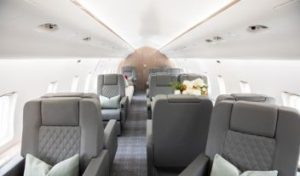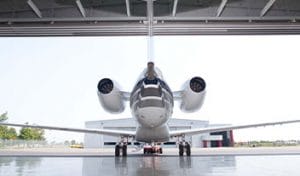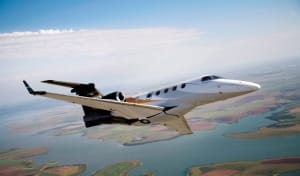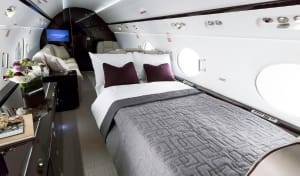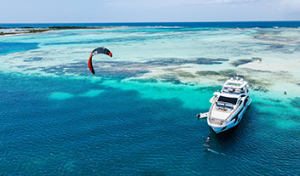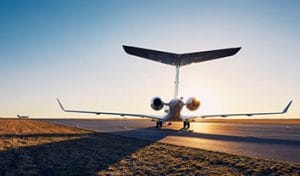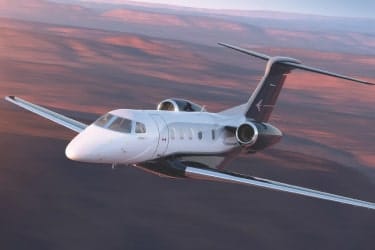There are few things more frustrating than having purchased a specific aircraft share or jet card, booking a flight, receiving all the details in advance and then finding out on the morning of your flight that you will be making two flights instead of one. You’ve been politely scheduled for a “tech stop” (also known as a Fuel Stop) without your knowledge or consent. Adding insult to injury, you’re flying private, paying a LOT of money, and now and you’re going to be late.
I’ve spent time with our Private Aviation Consulting and Flight Support Teams to document the top five frequently asked questions about fuel stops that Magellan Jets clients and members have asked over the past ten years. Most of these questions come early in the relationship, when prospective clients and members are unhappy with their current private aviation arrangement and are calling us to seek out a more personalized private transportation solution. We’ve used our combined experience to answer the FAQs from the point of view of a client or member.
- Will my aircraft be able to make this trip all year?
- Though I will usually be travelling alone or with one other person, what will the range of the aircraft be if I need to put a person in every seat?
- If the aircraft can perform my routing all year long and with every seat occupied, why do I need a fuel stop today?
- Can I interchange or upgrade to an airplane that will go non-stop? Will you advise me when I need to do so.
- So, I have to make a fuel stop anyway. How long is this going to take?
Don’t be duped by aggressive salesmen, glossy brochures, or promises about how fleet size and “bigger is better” makes the difference in safety and maintenance. Simply ask our questions and seek short, uncomplicated answers.
1. Will my aircraft be able to make this trip all year?
A small cabin or light jet that is advertised to carry you, your best friend, and your golf clubs from New York to Central Florida will not be able to make that trip non-stop all the time. A mid-cabin aircraft flying coast-to-coast will not be able to go non-stop all the time. A very impressive-looking jet will not be able to go from Aspen to Chicago all the time.
What gives? The weather. The Jets Stream is the culprit. The fast-moving river of air in the atmosphere that moves our weather systems from the West to the East in the Northern Hemisphere presents planes with headwinds time many times stronger in the winter than prevailing winds in the Summer.
What about the Aspen to Miami trip? For high-altitude airports, warm temperatures are problematic. Hot summer temperatures severely degrade aircraft performance, requiring the airplane to be lighter in order to make a safe takeoff. Fuel is heavy. Take less fuel, get more along the way, make it to Miami.
2. Though I will usually be travelling alone or with one other person, what will the range of the aircraft be if I need to put a person in every seat?
More people equals less range. Most aircraft are sold on ranges based on four people and cruise speeds less than high-speed cruise. Especially when presented with winter headwinds, many small or light jets can require a fuel stop – depending on the number of passengers and the amount of baggage.
When requesting a trip that may require a fuel stop, consider requesting an upgrade or an interchange to a mid-size jet or larger.
3. If the aircraft can perform my routing all year long and with every seat occupied, why do I need a fuel stop today?
Sometimes things don’t go as planned. Should the crew have to plan the route around this week’s storm of the century, or if there is an operational reason that the crew needs to fly at a lower altitude, the airplane will burn more fuel. In most cases the crew will know in advance, with enough time to advise you of the fuel stop. There are a pair of circumstances when a fuel stop can be required with little or no notice:
- If the departure or destination airport is experiencing some kind of problem that requires a partial runway closure, the crew will need to plan as though they are using a shorter runway – sometimes requiring less fuel and resulting in a fuel stop. How is this possible? Private jets have access to over 3000 public-use airports in the United States. Most of them are much smaller than the 10,0000-ft runways in major metro areas. With the majority of the airports equipped with only one runway, at times portions of the runway are closed for maintenance.
- If the aircraft experiences a temporary maintenance issue. Today’s planes are equipped with multiple redundant systems. As a result, aircraft can be dispatched with one or more minor systems (such as long-range navigation) inoperative, so long as redundant systems are working. There are several systems that when off-line may require the crew to operate at a lower altitude, therefore burning more fuel and possibly requiring a fuel stop.
4. Can I interchange or upgrade to an airplane that will go non-stop? Will you advise me when I need to do so?
Maybe. It depends on who is providing you with your private jet. Ride sharing? No. Never. Charter? Unlikely. Your own airplane? Only if you have a jet card backup that allows interchanges (we have a solution for that). Fractional? Maybe. Will they will be carefully watching your flight or busy booking one of the other 5000+ “owners”? Maybe not. But that fractional salesperson will be excellent at the one-minute apology. Practice makes perfect.
We would be delighted to arrange an aircraft that is appropriate for your mission. It is our mission to understand your needs and match the right aircraft to go to work for you. Advising you on the best option and procuring it at the best possible price is what we do.
5. So, I have to make a fuel stop anyway. How long is this going to take?
It’s up to the crew. A proficient crew can execute a safe fuel in as little 30 minutes of ground time.
If you are forced to make a fuel stop, try to make the best of it. When travelling internationally, ensure that on the way home the fuel stop coincides with your customs stop and put the 30 minutes of the fuel stop to work for you. If you are traveling in a small or light jet with seven of your closest friends and their dogs, use the opportunity to get out and stretch your legs while the crew cleans the aircraft and refreshes the on-board snacks.
Allow us the pleasure of worrying about fuel stops for you. It is our job to work for you and only you and consider all of the above questions on your behalf. Ensuring that you have been presented with the best options long before the day of travel and helping you make the best of an unplanned stop is our job and we love what we do.
Todd Weeber
Your Personal VP of Services and Support

